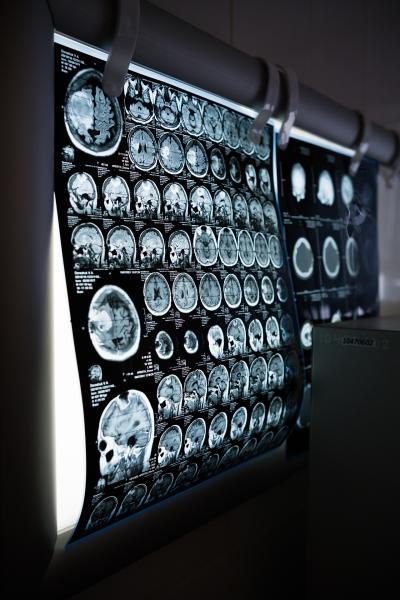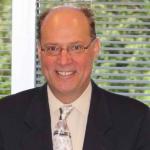Science is not always straightforward. You observe, create a hypothesis, then try to prove or disprove your hypothesis. If the hypothesis holds up in the results, you can draw conclusions. But you need to account for any and all superseding, intervening variables to determine what effect, if any, they are having on the hypothesis.
Science builds upon what is known.
Sometimes it is by accident. In 1945, Percy Spencer, a Raytheon radar expert, noticed the microwaves from the radar melted his chocolate bar. He saw it worked for popcorn and eggs and patented the microwave oven in September of that year.
Other times it is a building process. Alexander Fleming discovered penicillin in 1928. But Sir Alexander wasn’t a chemist, and there wasn’t much interest in the paper he wrote about his discovery. It was not until 1940, when Howard Florey and Ernest Chain found a way to make penicillin in large amounts, that it became useable to treat infections in battlefield wounds and other circumstances.
Here is a more personal example.
In 1895, Wilhelm Conrad Roentgen noticed a strange fluorescence coming from a nearby table. Roentgen saw that it originated from a partially emptied Hittorf-Crookes tube, covered in opaque black paper, which he used to study cathode rays. He concluded that the fluorescence, which penetrated the opaque black paper, must have been caused by “rays” - later called x-rays.
Henri Becquerel learned of Roentgen's discovery of x-rays through the fluorescence that some materials produce. Using a method similar to that of Roentgen, Becquerel surrounded several photographic plates with black paper and florescent salts, hoping to learn more about these x-rays when exposed to sunlight. Unfortunately, he had to delay his experiment because of the overcast skies of Paris, placing the wrapped plates into a desk drawer. After a few days, Becquerel returned to his experiment unwrapping the photographic paper and developing it, expecting only a light imprint from the salts. Instead, the salts left distinct outlines on the photographic paper, suggesting that the salts continually fluoresced despite lacking an apparent energy source. What Becquerel had discovered was radioactivity.
Using a device invented by her husband Pierre and brother-in-law Paul-Jacques, Marie Curie measured extremely low electrical currents. Curie noted that uranium electrified the air around it. She saw that the activity of uranium compounds depended upon the amount of uranium present and that radioactivity was not a result of the interactions between molecules but came from the atom itself.
William Coolidge built upon all these discoveries inventing the X-ray tube - a revolution in the controllable generation of X-rays and the model for all X-ray tubes for medical applications X-rays allowed us to peer inside our bodies without the need for a knife, but were unable to see within our bones or organs.
In 1967, EMI, the same company that had recorded the Beatles, granted Godfrey Hounsfield funds to begin work on a more advanced way to see with x-rays. By directing x-ray beams through the body at 1° angles, with a detector rotating in tandem on the other side, he could measure the attenuation of x-rays. These attenuation values could then be analyzed with a mathematical algorithm to produce 2-dimensional images of the interior of the skull. But the Hounsfield machine, the earliest form of computerized axial tomography (CAT scanning), had several problems: it required a water bag (so you could only scan a patient’s head), it was expensive at well over $500,000, and it took a year to build each one.
In 1974, Robert Ledley of the National Biomedical Research Foundation, based at Georgetown University, heard that the hospital was considering purchasing a CT scanner from EMI. Ledley believed a CT scanner could be built faster and cheaper; best of all, he’d have it scan the whole body. In addition, by taking multiple slices, the doctor could see a 3D image of the inside of the body without surgery. His Automatic Computerized Transverse Axial (ACTA) scanner was completed in six months at about half the cost. Ledley’s team consisted of himself, programmer Jim Wilson, machinist Frank Rabbitt, and electronics engineer Tom Golab, my father.
Over a span of decades, building upon the discoveries of their predecessors, scientists made it possible to peer inside the human body to identify tumors, distressed organs, and other internal disorders without the need for exploratory surgery. That is important. Surgery can be dangerous, traumatic to the patient, and expensive. CT scanners reduced its necessity.
My father was right. The more we know, the more we are capable of knowing and improving our way of life.




